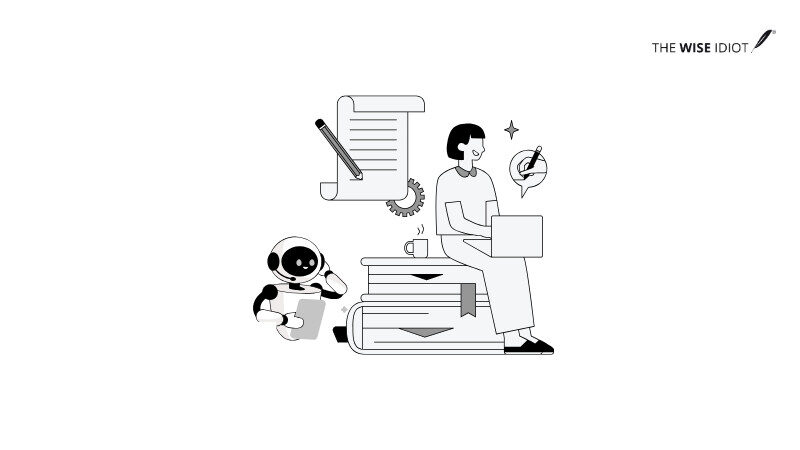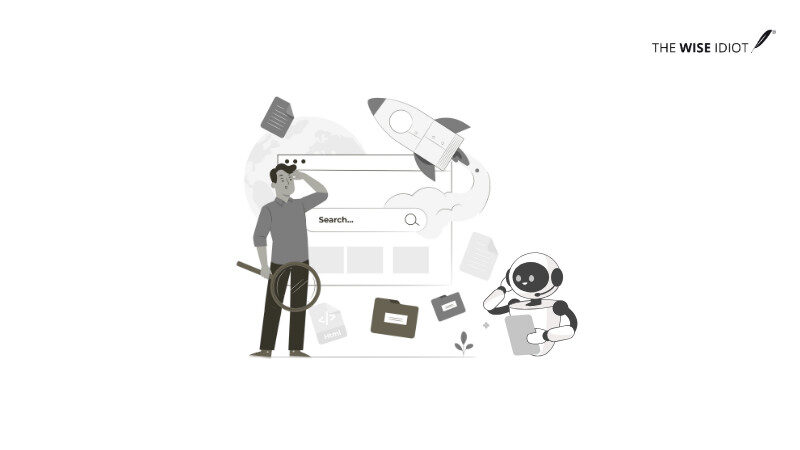I love inbound traffic as much as the next founder, but business sense dictates that you leave personal biases aside and have a holistic and realistic approach to business growth. This means that organic growth is important. Content marketing primarily builds content that gives value, attracts people, and makes them aware of your business offerings. However, it would help to tap into segments that need you but have never heard of you. How to do that? Cold emails.
Despite decades of existence, cold emails remain a crucial channel for fintech startups and SaaS companies to reach out to prospects and drive growth. (Since it’s relatively cheap, no one’s complaining). A well-planned sales email strategy is necessary to avoid common pitfalls and maximise success.
Before starting your email outreach journey, let’s explore essential steps to consider and discuss some relevant statistics, examples, and recommended tools in this blog. Follow these steps (and in this particular order) to get the best results.
1. Start email warmup activity
Warming up your email campaigns involves gradually increasing the volume of emails you send to improve your sender reputation and deliverability. The old metric of sending a fixed number of emails daily is outdated.
Bulk emails often land your domain on the blacklist. Start by purchasing a domain similar to yours, such as .io, if you’re using .com, so your primary email operations remain unaffected even if you get blocked.
Use these recommended tools for email warmup at least for the first 45 days, as newer domains are blacklisted faster.
- MailWarm: This helps improve your sender reputation by automatically sending and replying to emails.
- Warmup Inbox: It increases your email deliverability and sender reputation by automating interactions with your emails.
While this is happening, you can work on the next steps. Once done, you can start with a smaller email list and gradually increase the number of recipients.
2. Set clear goals and objectives
Simon Sinek is right in saying, ‘Start with why.’ Without clear goals, it’s challenging to measure the success of your email outreach efforts.
- Are you looking to get 10,000 app downloads?
- Or 5,000 subscriptions for your freemium SaaS tool?
- Or drive 50% more traffic to your landing page?
Based on these, you can then move to other steps.
3. Create your ICP (Ideal Customer Persona)
39% of email marketers who segment their email lists see better open rates (Lyris Inc.). Identify and segment your target audience based on demographics, interests, and behaviours. Sending irrelevant emails can result in low engagement rates and damage your brand reputation. Start by answering the following questions.
- Who are you writing to?
- What are their pain points?
- How can you solve those problems?
- How will you communicate your pitch?
Your ICP can look like this.
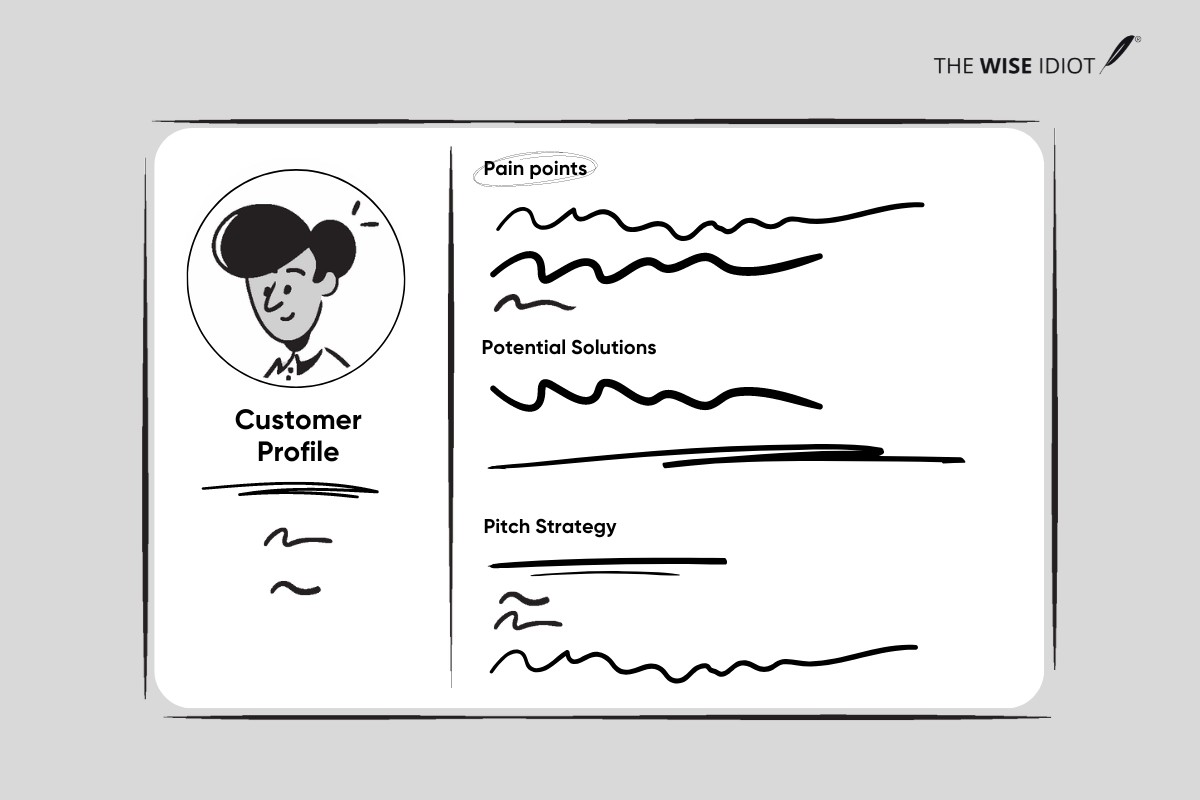
4. Build a high-quality email list
A low-quality email list with incorrect email addresses can lead to low deliverability, high bounce rates and spam complaints.
The solution could be any of these.
- Use a data enrichment tool like Lusha, Apollo, ZoomInfo or Clearbit.
- Enter the parameters of location, industry, job title, etc., based on your ICP
- It will create a list of your potential customers
- Save the list to use in the future as part of campaigns
Avoid buying databases off the internet. Although they may seem cheap, the correctness or effectiveness of such data is often questionable.
5. Develop a consistent email schedule
According to MarketingSherpa, 61% of consumers prefer receiving promotional emails at least once a month. So why not establish a regular email schedule? Your timeline could look like this.
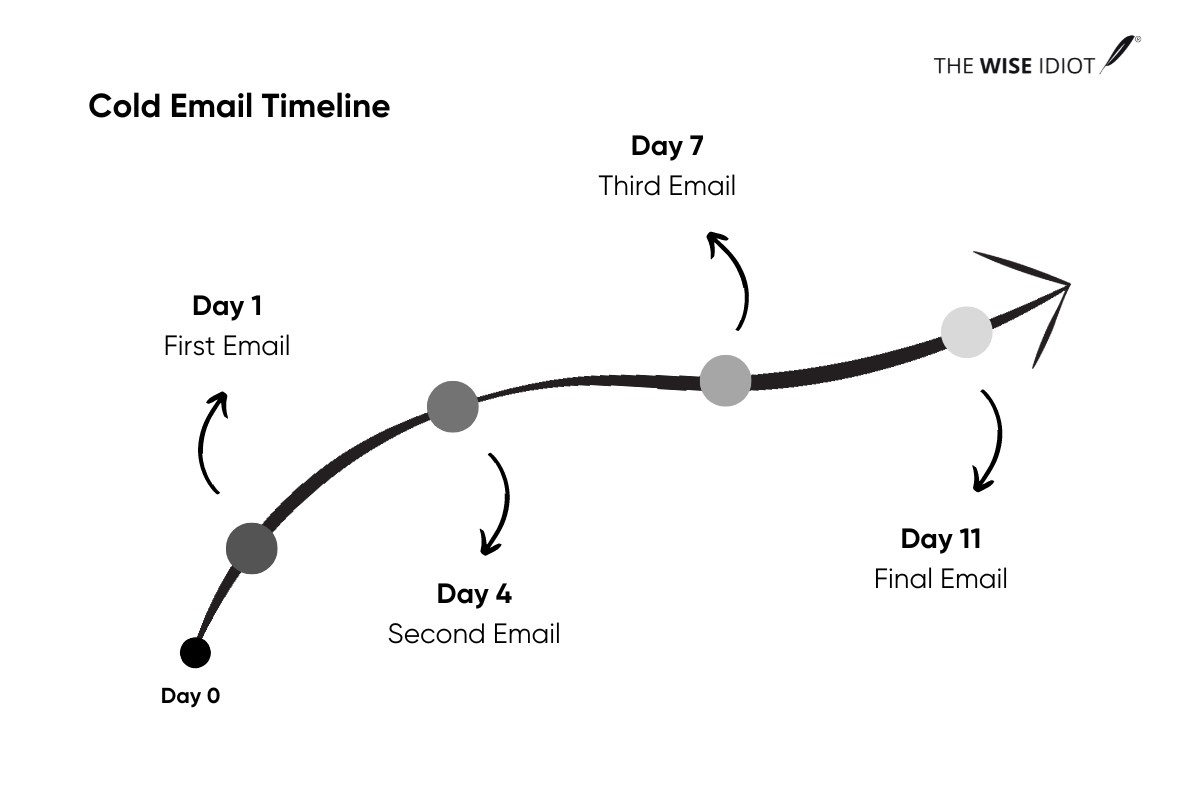
- Day 1: First email
- Day 4: Second email
- Day 7: Third email
- Day 11: Final email
You can add another round to this, but avoid sending more than five cold emails in a thread. Going beyond that might irritate (perhaps even harass) your potential customer.
6. Create compelling email content
According to GetResponse, welcome emails have an average open rate of 63.91%, and cold emails from unknown senders are viewed with scepticism. Therefore, if you’ve planned a four-email campaign, draft content for each.
Ensure that each email has different content. Resending the same email again is foolish. An ideal cold reach-out email to other agency owners for collaboration could look like this.
Hello,
Through the last six years of running a content marketing agency, I’ve realised three things.
- Good content needs effort (sometimes from many people).
- The more specialised someone is, the better the results turn out.
- You can’t do everything yourself. Growth is faster through collaborations.
With time, this belief has gotten stronger.
Hence, it felt right to write to you.
I understand that marketing is tough. If I can contribute to making your life easier, it would be mutually beneficial.
I run The Wise Idiot, a content marketing agency specialising in content creation for fintech, SaaS and edtech. We’ve been white-labelling content for over ten agencies (SEO, web development, design, etc.)
Let me know what seems best:
- Check out our past work.
- Schedule a short call to explain your content troubles.
Looking forward to hearing from you.
To get them to read this, you need an extremely powerful subject line. Without a compelling subject line, great emails are discarded.
7. Choose the right email platform
Once your email campaign content is ready, you must choose the right platform to automate the execution. The global email marketing market was valued at $7.5 billion in 2020 (Statista), and multiple SaaS tools are available in this industry to solve your problems.
An inadequate email marketing platform will provide limited functionality and hinder your ability to scale, so start by researching. Select a platform that meets your needs (automation, complexity, number of emails, pricing, other features) and offers high deliverability rates.
Some commonly used email platforms are listed below.
8. Monitor and measure performance metrics
While achieving your objective (sales, signups, downloads, etc.) is the ultimate victory, you must set and track certain key performance indicators (KPIs) to gauge campaign effectiveness and improve your strategy. The three most commonly tracked KPIs are as follows.
- Deliverability rate: The quantity of emails getting delivered.
- Open rate: The percentage of people who are opening your email.
- Click-through rate: The number of readers taking the action you want them to.
The average email open rate in the software and web app industry is 21.29% (Mailchimp), while the ideal open and response rates vary depending on your specific goals and audience.
9. Test and optimise your email campaigns
Not all emails will perform well. Even those that perform well can be improved. Optimising your email campaigns can lead to higher open rates, click-through rates, and conversions. Here’s how you can do it.
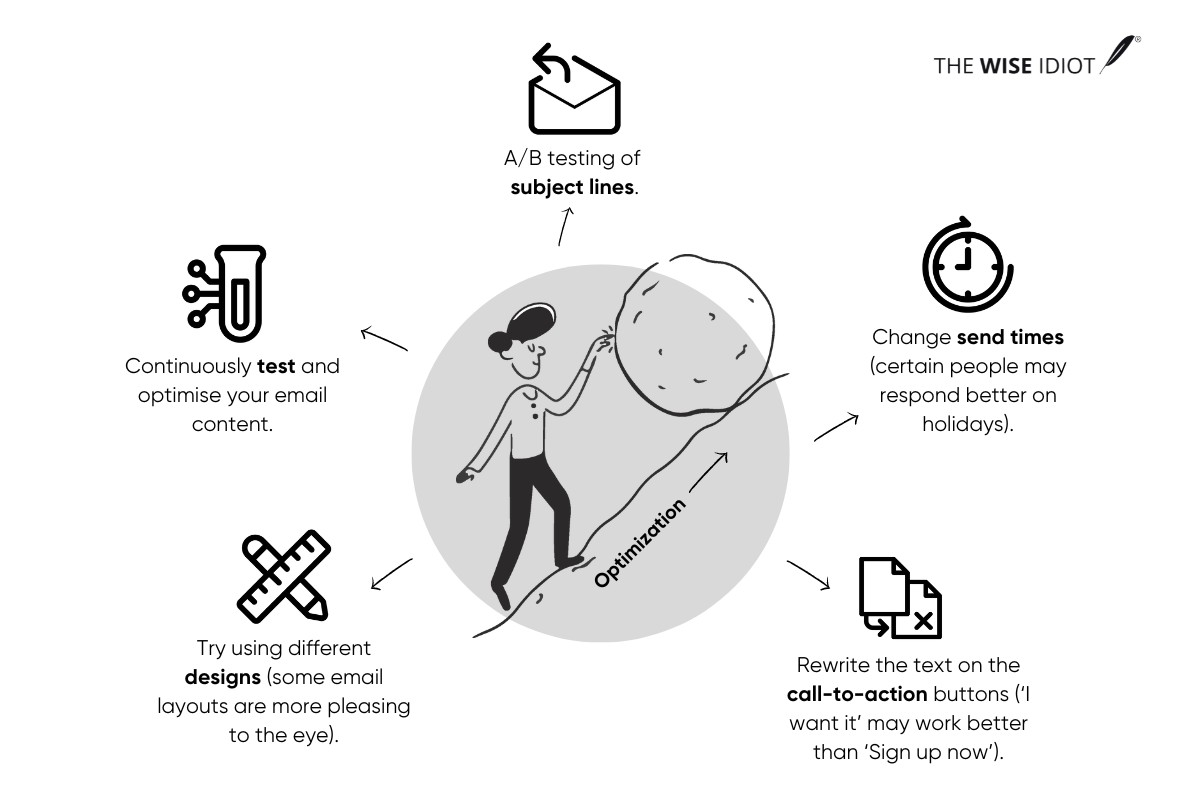
- A/B testing of subject lines
- Continuously test and optimise your email content
- Try using different designs (some email layouts are more pleasing to the eye)
- Change send times (certain people may respond better on holidays)
- Rewrite the text on the call-to-action buttons (‘I want it’ may work better than ‘Sign up now’)
Experimenting with these is a long, tiring process. However, it is equally rewarding.
Conclusion
Implementing a well-planned, nine-step email outreach strategy is essential for fintech startups and SaaS companies to achieve success. By utilising recommended tools and following best practices, you can ensure your email campaigns deliver the desired results and drive growth for your business.
If you or your team feel stuck in this process, The Wise Idiot is here to help. As a content marketing agency, our experts are well-versed in email campaigns and can optimise them for greater effectiveness.
FAQs
Q1. What is hot vs cold email?
Ans: A cold email can be used to start a new relationship or introduce a new product or service. However, a warm email can be used to keep a relationship going, follow up on a previous conversation or interaction, or ask for a favour.
Q2. Is it legal to send cold emails?
Ans: Cold emails are generally considered lawful. However, the legitimacy of such emails is subject to the laws and regulations of the particular country or region.
For instance, the United States has the CAN-SPAM Act, which stipulates the criteria for commercial emails, such as providing clear opt-out options and precise information, among other things. Failing to adhere to these guidelines may result in penalties.
Q3. Why is the cold email used?
Ans: The intention of sending a cold email is to introduce the sender or their company to the recipient with the possibility of starting a new business relationship or partnership.



